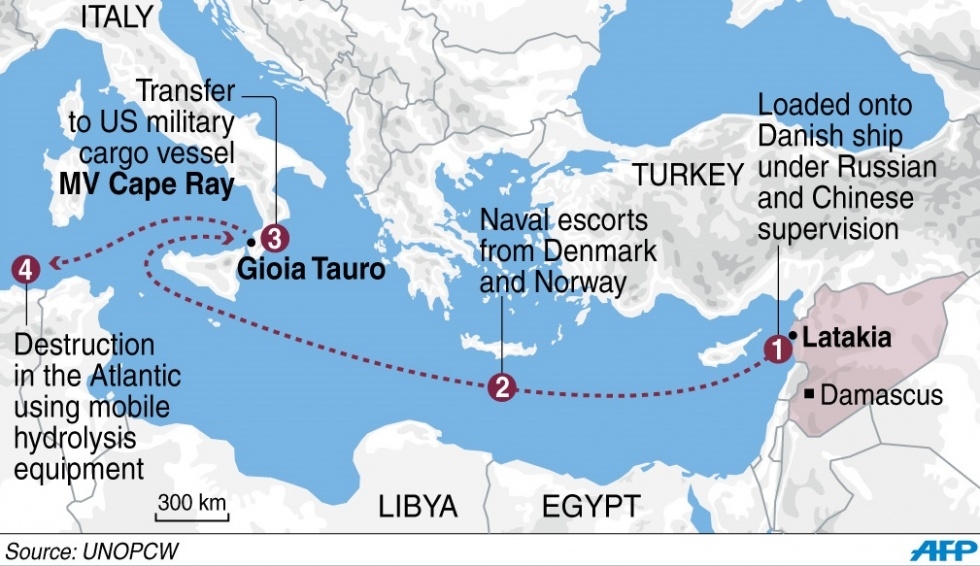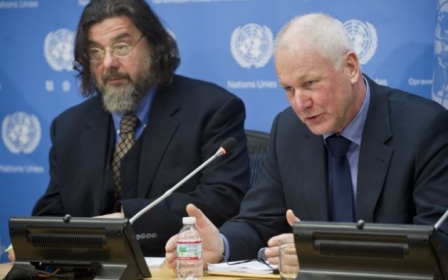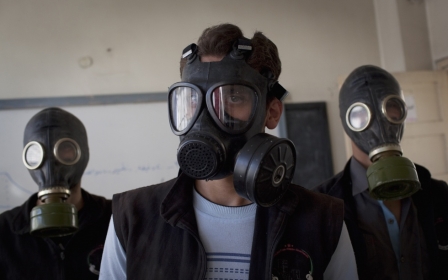Syria doctors claim birth defect 'caused by gas attack'

Doctors in Syria have provided evidence of a second case of congenital malformation claimed to have resulted from a chemical weapons attack in August last year that killed hundreds of people, a Brussels-based monitoring group has said.
An official from the Bureau of Chemical Documentation, Nidal Seyhani told Anadolu Agency on Saturday that doctors have documented a mother who gave birth to a disabled girl in the Syrian province of Idlib due to exposure to effects of the attack when she was two months pregnant.
“The mother inhaled the toxic gas which reduced the liquid that protects the baby," Seyhani said.
A previous statement of the bureau on Friday said that another mom in Damascus who was exposed to the attack gave birth to a girl with congenital malformations.
Chemical gas allegedly used by the regime killed nearly 1,500 civilians, including women and children, in the Ghouta suburbs near the capital Damascus on August 21.
However there have been doubts about the number of victims of the attack reported immediately after the event as well as the identity of the perpetrators.
The of the UN team that investigated the August 21, 2013 attack in the Damascus suburbs, Ake Sellstrom had recently expressed doubt that many of the alleged survivors had been exposed to Sarin.
“You can get many symptoms from other items in a war,” Sellstrom said, “[P]hosphorous smoke, tear gas, many of those devices on the battlefield will affect the lungs, eyes and give you respiratory problems.”
The UN's Organization for the Prohibition of Chemical Weapons (OPCW), which is overseeing the elimination of Syria's toxic arms, has said some 92 percent of the declared stockpile has been removed from the country or destroyed.
Middle East Eye propose une couverture et une analyse indépendantes et incomparables du Moyen-Orient, de l’Afrique du Nord et d’autres régions du monde. Pour en savoir plus sur la reprise de ce contenu et les frais qui s’appliquent, veuillez remplir ce formulaire [en anglais]. Pour en savoir plus sur MEE, cliquez ici [en anglais].




